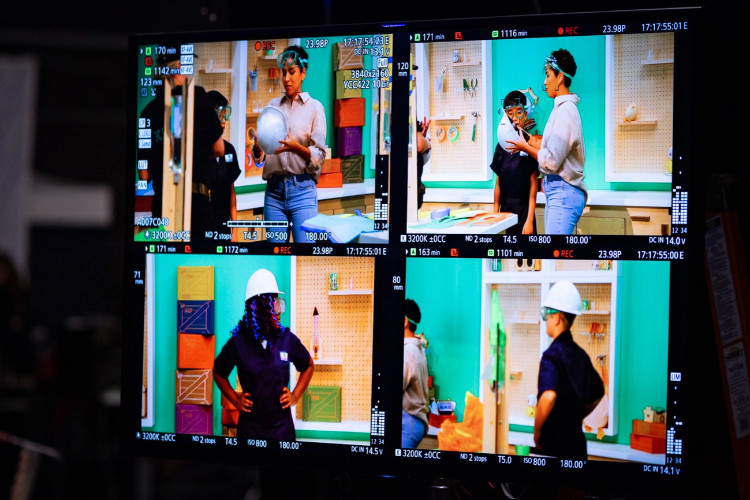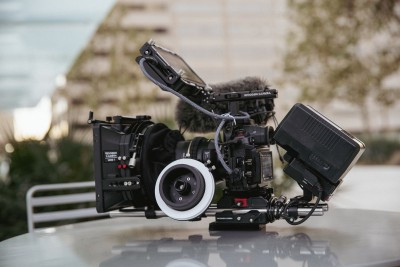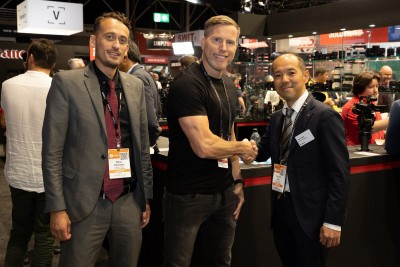Zoom lenses and minicams

Author: Bob Pank#
Published 1st November 2012
Finding a quality tracking zoom lens for the minicams made for the likes of Toshiba/Iconix/Hitachi/Sony has been an uphill battle. The cameras have been made primarily for the medical imaging market for microscopes and endoscopes but adopted by the broadcast industry as a high end minicam. However lenses were always a problem. Fujinon made the TF range of 1/3” prism corrected lenses for this market but no zoom lens. A zoom lens project, and specifically now with HD, is just not big enough for the big players such as Fujinon and Canon but now there is something in the market.
Over several years Resolve Optics Ltd has received numerous enquiries for a compact high definition zoom lens for various sensor formats. The problem was that none of the individual enquiries could justify the expense of developing the lens for just their application so Resolve decided to design and develop the zoom lens themselves. Historically Polecam and Resolve have worked together to bring specialist minicam lenses to the market but the HD zoom has been the Holy Grail.
The many enquiries received for a compact zoom were slightly different so taking everything on board Resolve decided that the lens must be compact with a sensible focal length and zoom range, produce a high quality HD image, it should be as adaptable as possible and most importantly reliable.
After two years of design and development the Z10-HDCF was launched. This 10X, C-mount lens design utilises cutting edge technology such as floating cells and low dispersion glass which enabled the lens to be kept very compact. Floating cell technology allows the moving cells to be compact and light which in turn allows smaller motors to be used to drive the movements. Low dispersion glass is used to keep the length of the lens compact and still provide a quality HD image.
The design also allows for an impressive f/1.8 aperture to be maintained throughout 4/5th of the zoom travel with a minimum aperture of f/2.8 over the final 1/5th of the zoom.
To make the Z10 as adaptable as possible the zoom module was specifically designed to work with three interchangeable rear cells for 1/3” 3chip, 1/3” single chip and 2/3” single chip sensors. The rear cells are customer changeable. There is also a standard M37 filter thread on the front of the lens for wide angle adapters such as Resolve's 287 0.5X adapter.
At 45mm square and 100 mm (2/3” version) long the Z10-HDCF is truly compact yet has the optical performance of a much larger lens.
So, where's the market for a lens like this? Obviously Broadcast for TV and Film is an obvious but horizontal marketing is also key and the medical industry has already shown keen interest in this lens. Polecam, minicams and zoom lenses have been used extensively for medical filming but getting the right combination has always been a struggle compromising on lenses, cameras , quality and performance. The Sony HD10/11 zoom module has been used at great length but an increase in camera quality has been constantly called for. The need to train surgeons, surgical staff as well as medical sales personnel in operative techniques is essential but the demand for higher quality is always ever present.
The Z-10 from Resolve has now addressed that market. Very cleverly, the interchangeable rear element to convert between 1/2” and 2/3” as well as single chip and prism cameras is key here. Medical 1/3” minicams from the likes of Iconix, Toshiba, Hitachi, & Sony etc now have a new lease of life. The newer 2/3” cameras such as Indiecam, Flare, Modula, Cunima, LMP and the Antelope Pico Hi-Speed camera have now also got the opportunity for further market penetration.



































